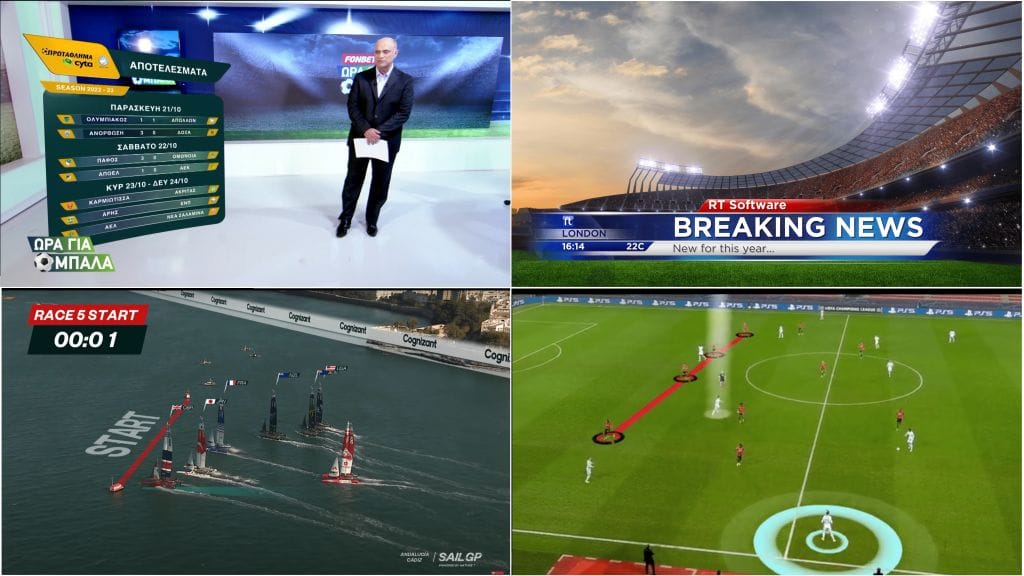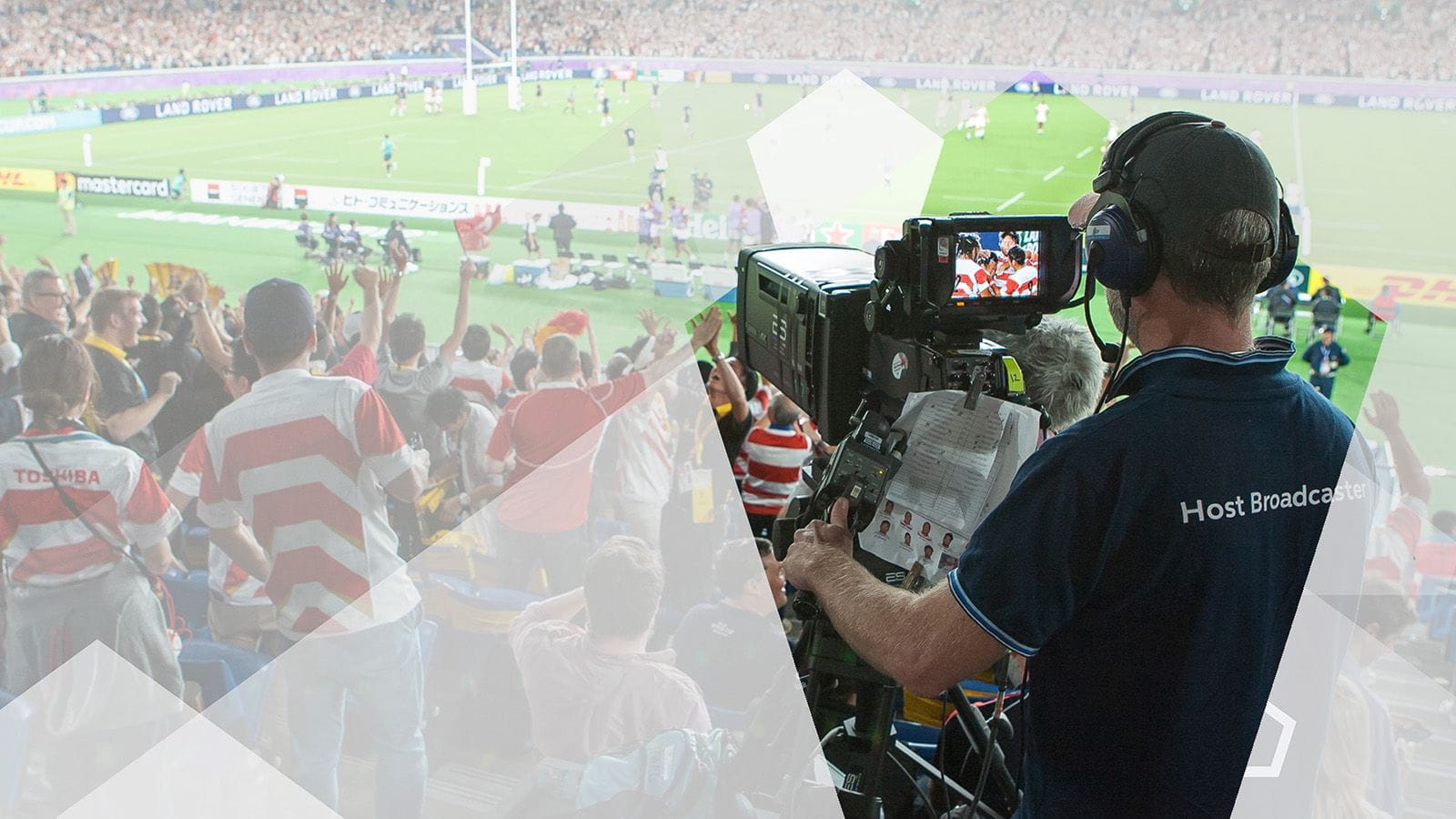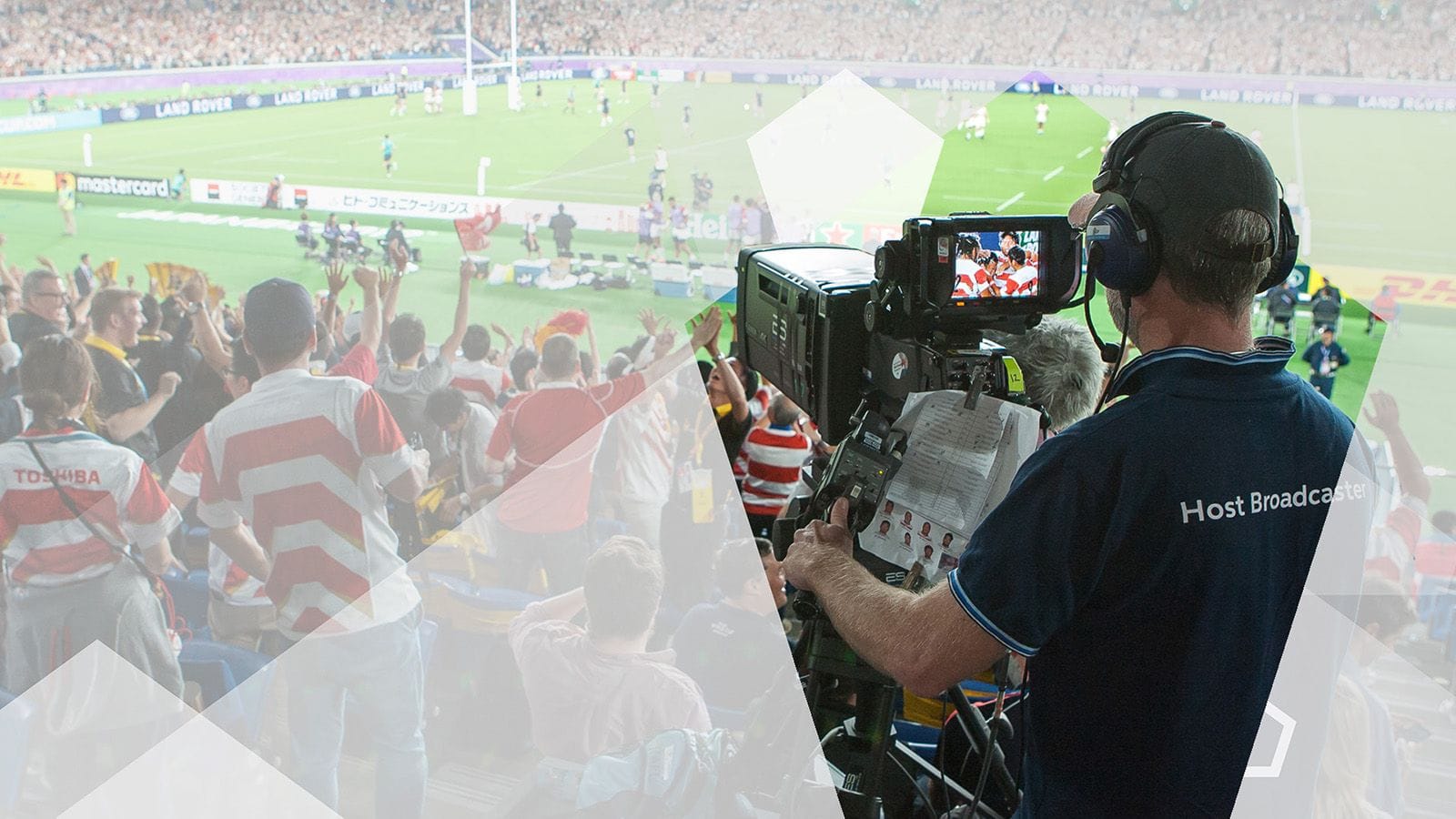
The world of sports broadcasting has evolved significantly over the years, transforming the way we consume and engage with sports content. From traditional television broadcasts to modern digital streaming, the industry has undergone a significant transformation. At the heart of this evolution are the various components that come together to create an immersive and engaging sports broadcast experience.
A sports broadcast is more than just a live game; it's an event that combines entertainment, storytelling, and community. To deliver this experience, broadcasters rely on a range of key components, each playing a crucial role in bringing the action to life. In this article, we'll delve into the essential components of a sports broadcast, exploring their significance and how they work together to create an unforgettable viewing experience.
Pre-Production

Before the cameras start rolling, a significant amount of planning and preparation goes into creating a sports broadcast. This pre-production phase is critical in setting the stage for a successful broadcast. It involves:
Event planning: Coordinating logistics, scheduling, and personnel for the broadcast. Talent acquisition: Securing commentators, analysts, and other on-air personalities. Scripting and storyboarding: Developing the narrative and visual elements of the broadcast. Location scouting: Identifying and preparing the broadcast location, whether it's a stadium, arena, or outdoor venue.
Importance of Pre-Production
Effective pre-production is essential in creating a cohesive and engaging broadcast. It ensures that all elements are in place, from talent and logistics to scripting and location preparation. This planning phase sets the tone for the entire broadcast, allowing the production team to focus on delivering a high-quality experience for viewers.Live Broadcast Components

When the cameras start rolling, the live broadcast components take center stage. These elements work together to bring the action to life, creating an immersive experience for viewers. The key live broadcast components include:
Camera operators: Capturing the action from various angles and vantage points. Commentators and analysts: Providing play-by-play commentary, analysis, and insights. Graphics and overlays: Displaying scores, stats, and other visual elements to enhance the viewing experience. Audio engineers: Managing sound levels, mixing, and ensuring high-quality audio. Production switchers: Coordinating camera feeds, graphics, and other visual elements.
Role of Live Broadcast Components
The live broadcast components are the backbone of a sports broadcast, working together to create a seamless and engaging viewing experience. Each element plays a critical role in bringing the action to life, from the camera operators capturing the action to the commentators providing context and analysis.Post-Production

After the live broadcast, the post-production phase begins. This critical stage involves editing, packaging, and preparing the broadcast for distribution. Key post-production components include:
Editing: Assembling the broadcast, including highlight reels, analysis, and feature pieces. Visual effects: Adding graphics, animations, and other visual elements to enhance the viewing experience. Sound design: Enhancing audio levels, mixing, and creating a cohesive soundtrack. Color correction: Ensuring consistent color and brightness levels throughout the broadcast.
Importance of Post-Production
Post-production is essential in refining the broadcast, creating a polished and engaging final product. This phase allows the production team to review, edit, and enhance the broadcast, ensuring that it meets the highest standards of quality and storytelling.Distribution and Delivery

Once the broadcast is complete, it's time to deliver it to the audience. Distribution and delivery components include:
Television broadcasting: Traditional over-the-air broadcasting, cable, and satellite transmission. Digital streaming: Online platforms, such as sports websites, apps, and social media. Mobile devices: Delivering the broadcast to mobile devices, including smartphones and tablets.
Role of Distribution and Delivery
The distribution and delivery components ensure that the sports broadcast reaches the target audience, whether it's through traditional television broadcasting or modern digital streaming. This phase is critical in making the broadcast accessible to viewers, providing a seamless and convenient viewing experience.In conclusion, a sports broadcast is a complex entity, comprising various components that work together to create an immersive and engaging viewing experience. From pre-production planning to live broadcast components, post-production editing, and distribution, each element plays a critical role in delivering a high-quality broadcast. By understanding these components, we can appreciate the art and craft of sports broadcasting, and the dedication that goes into creating an unforgettable experience for viewers.
Final Thoughts
As the sports broadcasting industry continues to evolve, it's essential to stay up-to-date with the latest trends, technologies, and innovations. Whether you're a broadcast professional, a sports enthusiast, or simply a viewer, understanding the components of a sports broadcast can enhance your appreciation and enjoyment of the experience.
Call to Action
Share your thoughts on the components of a sports broadcast. What do you think is the most critical element in creating an engaging viewing experience? Let us know in the comments below!
FAQs
What is the primary goal of pre-production in sports broadcasting?
+The primary goal of pre-production is to plan and prepare for the broadcast, ensuring that all elements are in place, from talent and logistics to scripting and location preparation.
What is the role of live broadcast components in sports broadcasting?
+The live broadcast components, including camera operators, commentators, graphics, and audio engineers, work together to create a seamless and engaging viewing experience, bringing the action to life for viewers.
What is the importance of post-production in sports broadcasting?
+Post-production is essential in refining the broadcast, creating a polished and engaging final product. This phase allows the production team to review, edit, and enhance the broadcast, ensuring that it meets the highest standards of quality and storytelling.